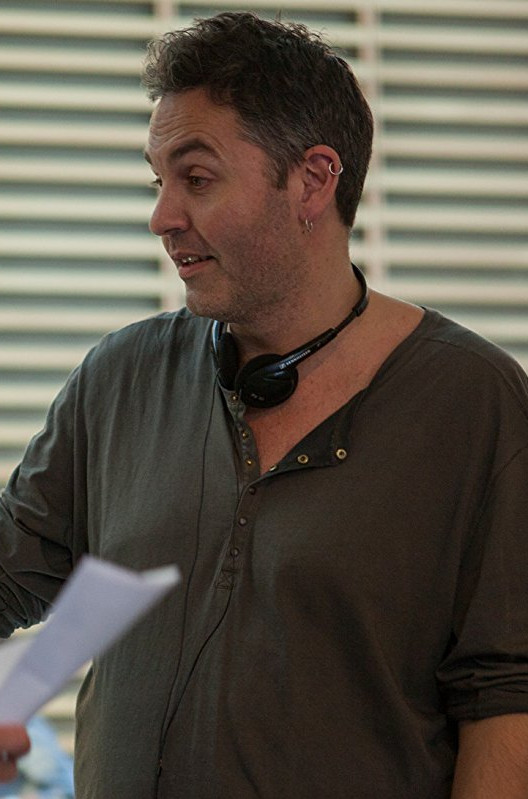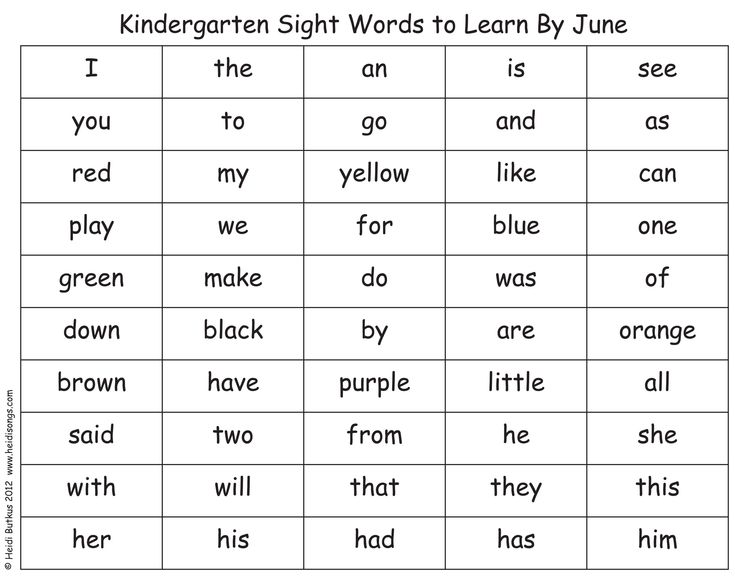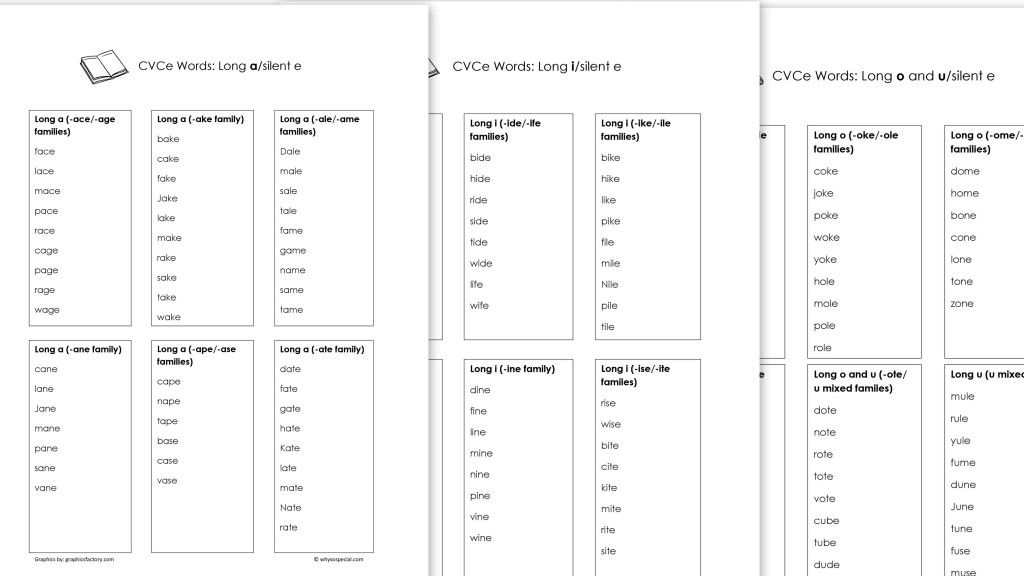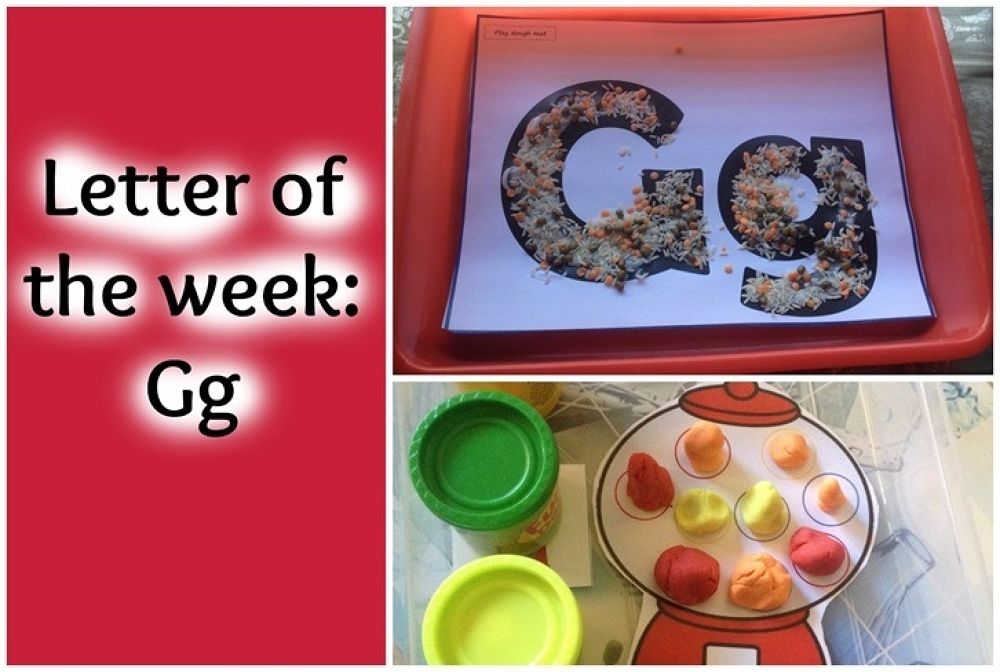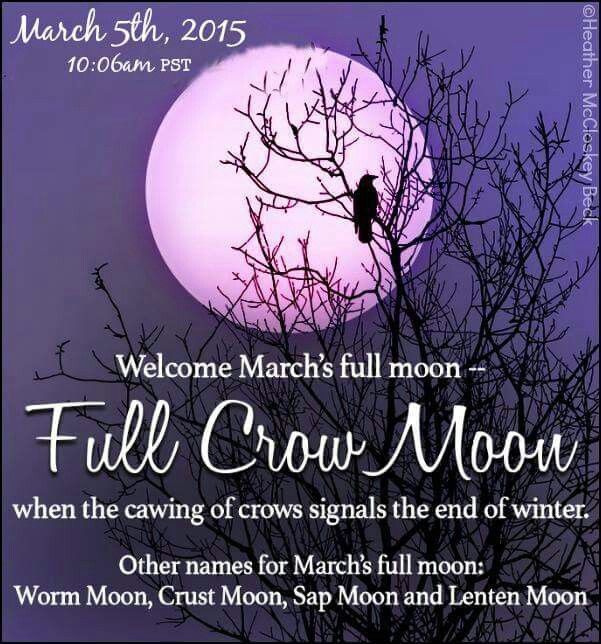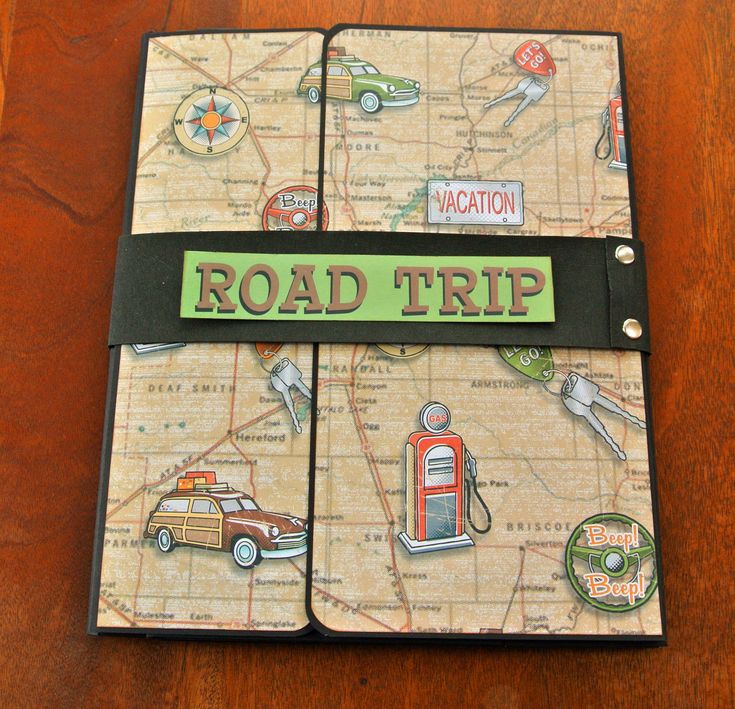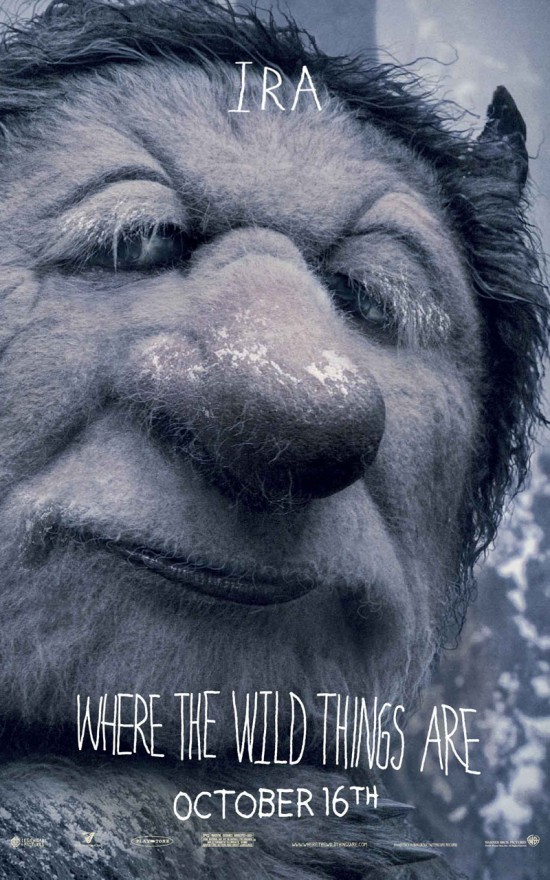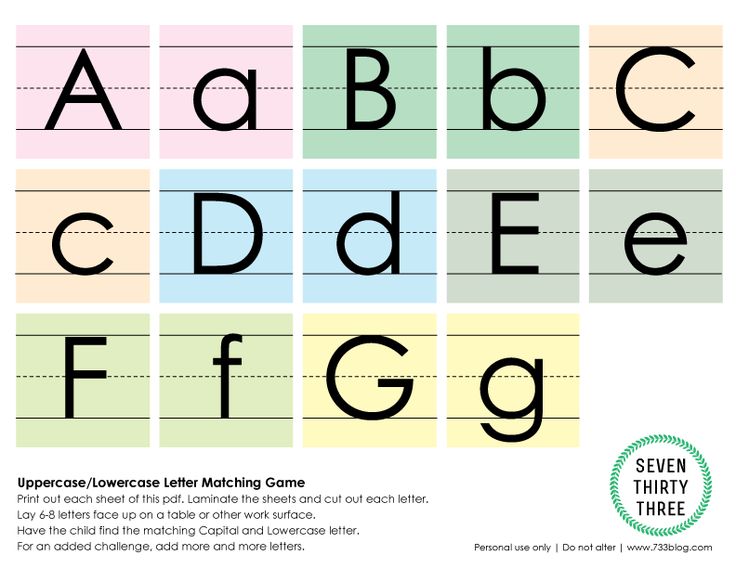Parker the bear
Parker by HOMER on the App Store
Description
Parker is a classic teddy bear that unlocks a whole new way to play.
When your child plays with this app and Parker together, they will experience the magic of caring and playing in augmented reality.
Cure a tummy bug, cool a fever, and see Parker’s heart and lungs come to life in augmented reality. Utilizing the real-world doctor tools that come with Parker, your child will play along in the app while engaging in hands-on, classic play.
Caring for Parker encourages empathy, promotes problem solving, and engages your child in a creative and imaginative experience.
Highlights:
Parker will give you different problems to solve each time you open the app
Real-world tools in your Parker kit activate new visuals and effects in the app - like magic!
Watch Parker’s Happiness Factor™ go up each time you cure an ailment, solve a problem, or complete a game, then use the magic camera to see how Parker’s happiness transforms the world around you with augmented reality effects [featuring ARKit].
Create your own artwork and decorate your own bandages to personalize playtime with Parker.
STEAM Toy
Parker the Bear is a STEAM toy, offering children a multidimensional way to learn and play.
Science: Teaches basic biology through in-app doctor play.
Technology: Develops Digital Literacy and explores the magic of Augmented Reality
Educational: Promotes critical thinking and problem-solving skills. Encourages empathy.
Arts: Create drawings, connect the dots and even design your own bandage
Math: Solve puzzles, play games.
Parker is for ages 3+
Version 1.28
Regular maintenance to keep Parker’s games running. Please make sure you update the app to this latest version.
Ratings and Reviews
41 Ratings
No sound?
Not sure if there should be sound but there isn’t any on our app.
Otherwise great.
We're so sorry for any technical issues you are experiencing when trying to use Parker. We would love the chance to investigate this further for you. If you could, please reach out to our Member Experience team at [email protected]. We hope to hear from you soon!
App doesn’t work properly
Not sure what is going on. Tried to reach out to developer weeks ago and again today hopefully someone will get back to me. App keeps closing out for no reason. The screen will also just randomly go black. When you have to care for the bear on the screen he is always halfway off the screen and there is nothing to fix it. Also I threw away the welcome card because I figured it would save it but nope. Can’t even put the app on my phone or newer iPad without that card. Super frustrating for me and for my 3yo.

We are so sorry to hear this, but we are here to help! Please reach out to our Member Experience team at [email protected].
Toddler loves it
This is the kind of gift for a toddler I can get behind! My 3y/o received this for his bday from his grandma and I am so happy he did! It incorporates technology while still focusing on creativity and imaginative play. He loves playing "Dr. Bear" with the iPad but still takes Parker to bed with him every night to cuddle. It is really the best of both worlds! In the overload of gifts from both Christmas and his birthday (which was a lot!), this was and still is by far his favorite. Highly recommend!
The developer, Homer, indicated that the app’s privacy practices may include handling of data as described below. For more information, see the developer’s privacy policy.
For more information, see the developer’s privacy policy.
Data Not Collected
The developer does not collect any data from this app.
Privacy practices may vary, for example, based on the features you use or your age. Learn More
Information
- Seller
- HomerLearning, Inc.
- Size
- 1.2 GB
- Category
- Games
- Age Rating
- 4+, Made for Ages 0–5
- Copyright
- © 2014-2022 HomerLearning, Inc.
- Price
- Free
- App Support
- Privacy Policy
More By This Developer
You Might Also Like
Parker: Your Augmented Reality Bear
Most tech-enhanced plush toys become the bane of parents’ existences: they come alive with lights and sound at inopportune times, require batteries, can be heavy and clunky, and may not wash very easily. And in the case of certain connected toys, you might even worry about your child’s personal data being recorded and stored.
And in the case of certain connected toys, you might even worry about your child’s personal data being recorded and stored.
Given all of that, you might bristle when you first hear of Parker: Your Augmented Reality Bear, Seedling’s new iPad and iPhone-enhanced toy. But this charming bear is fully squeezable with no caveats: it doesn’t have any wires or batteries inside, and it won’t make a peep or start to glow if you accidentally step on it while your kid is asleep.
Instead, all the digital lifting happens on your iOS device, letting you interact with the soft toy as if you were treating its wounds or feeding it a snack, or even getting it ready for bed. That kind of approach has its clear benefits, but also limitations—yet it’s pretty pleasing all the same.
Just stuffing, no techWith most connected toys, my four-year-old son and I will play with them for a stretch, and then I’ll collect all the pieces and make sure they’re stored out of his reach.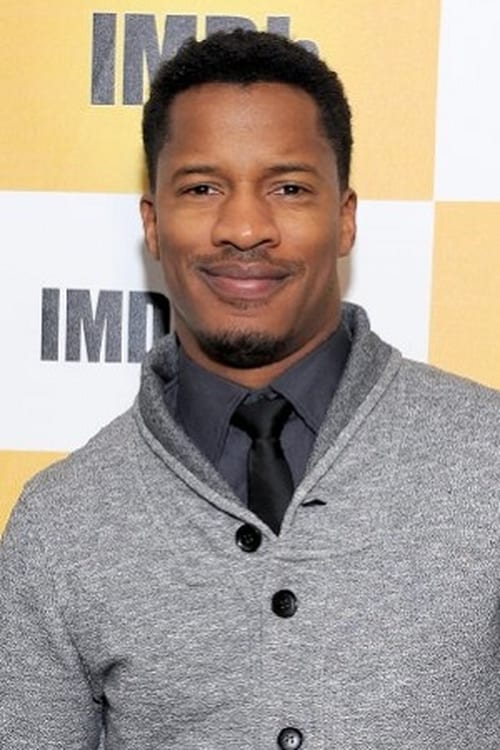 The Sphero Star Wars R2-D2 droid and Anki Overdrive cars, for example, seem fairly durable when you’re using them as intended—but they’re not meant to take ongoing abuse from a rambunctious child. One steep drop down the stairs and those pricey tech toys are likely to be toast.
The Sphero Star Wars R2-D2 droid and Anki Overdrive cars, for example, seem fairly durable when you’re using them as intended—but they’re not meant to take ongoing abuse from a rambunctious child. One steep drop down the stairs and those pricey tech toys are likely to be toast.
Not so with Parker: this bear has already been down the stairs with nary a nick or scratch. My son’s eyes lit up when the bear was first unboxed: he asked if Parker could sleep with him at night and join his family of stuffed bears. Of course. Why not? Parker’s just as soft and fuzzy as the rest of his plush “guys,” as he calls them. Now Parker has a bed to sleep in, and a boy of his very own. And I can toss the bear in the washing machine when he inevitably gets gross.
SeedlingParker comes with all sorts of stuff (but not an iPhone).
But looks are deceiving here, as Parker isn’t just another stuffed toy. He’s a bear designed to live in the digitally-augmented world of your making via the iPad/iPhone companion app.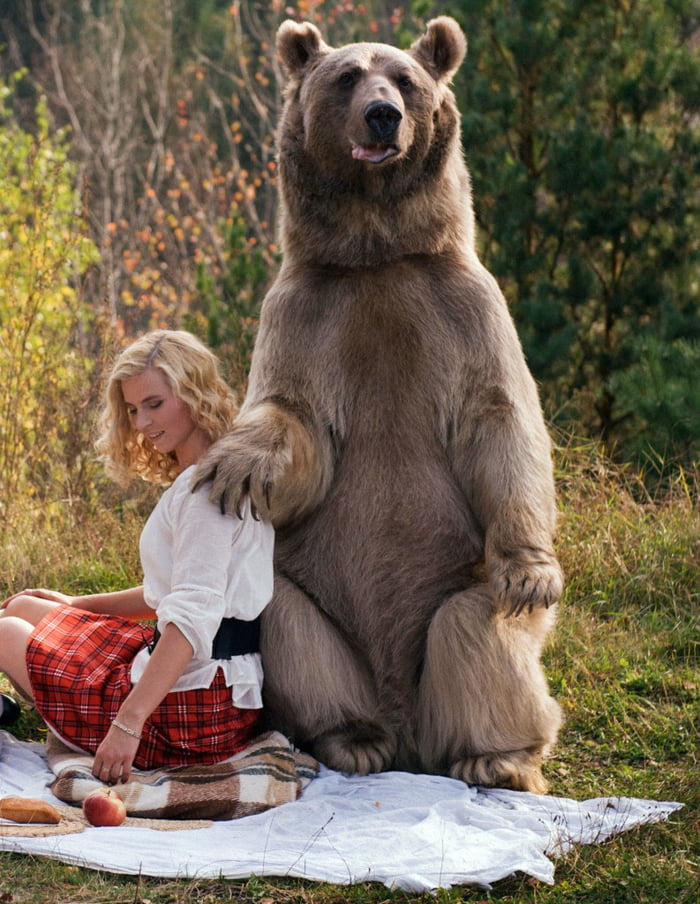
And as you’ll quickly find out, via both a rhyming poem on an included card and the short intro cartoon in the app, Parker’s been on a long journey and he’s feeling a bit under the weather. Of course, the included wooden stethoscope, thermometer, medicine bottle, and spoon might have given his ailments away, but in any case, you’ll have a chance to make things right within the app.
Bear carePlaying doctor with Parker spans a variety of quick-hit activities within the app, some of which include actual augmented reality elements via your device’s back camera, while others require only simpler actions within the app itself. All the while, you’ll aim to make Parker feel better by tending to his wounds, giving him healthy snacks, and checking on his insides to ensure that everything is working right.
SeedlingIt’s pretend play with an assist from your iPad, but it’s cute all the same.
Augmented reality comes into play in a couple of different ways.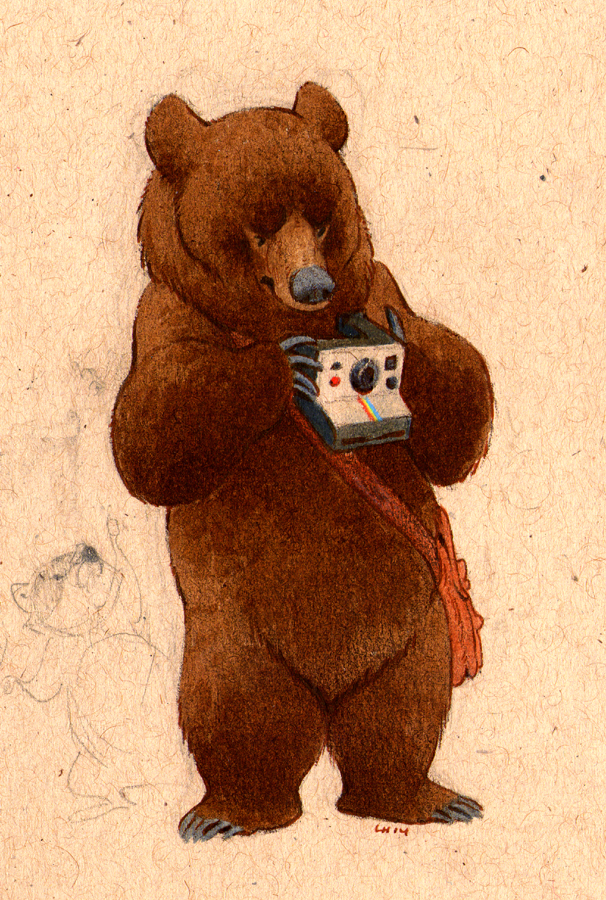 You can place plants and animals into the 3D space around you via an ARKit-powered activity, letting you create a snazzy environment for Parker within the digital version of your living room or bedroom. And if Parker is happy and well cared-for in the app, then it’ll make the AR world a bit sunnier in the process. In other moments, you’ll put a felt skeleton overlay on top of the bear and look at it with your iPad or iPhone camera. Onscreen, you’ll see the bones come to life, sometimes with little smiley faces, or you’ll watch the digital food that you just fed Parker slide down into his tummy.
You can place plants and animals into the 3D space around you via an ARKit-powered activity, letting you create a snazzy environment for Parker within the digital version of your living room or bedroom. And if Parker is happy and well cared-for in the app, then it’ll make the AR world a bit sunnier in the process. In other moments, you’ll put a felt skeleton overlay on top of the bear and look at it with your iPad or iPhone camera. Onscreen, you’ll see the bones come to life, sometimes with little smiley faces, or you’ll watch the digital food that you just fed Parker slide down into his tummy.
My son loved decorating an AR world around him. Unfortunately, this part didn’t load right on my older, original iPad Air.
The non-AR activities, on the other hand, might have you “check his temperature” by putting the soft stylus-like end of the wooden thermometer into Parker’s mouth before pressing it on your touchscreen, sliding food to Parker, or applying an ice pack or bandage as needed. You can also color and design your own in-app bandages, and create drawings for Parker.
You can also color and design your own in-app bandages, and create drawings for Parker.
While the AR world and drawing activities can keep kids occupied for potentially extended stretches, some of the activities last for mere seconds—and then they cycle and repeat, or you can access them in any order you choose. Soon after my son and I started playing with the app, I felt like we had pretty much seen it all. After another hour or so of cumulative play, that was pretty much still true: a couple of unseen mini-games had popped up with further play, but by and large, he was still going through the same routine of simple activities.
The sweet spotI was a bit bored of the activities at that point, but I fall well outside the recommended age range (3 to 6). My four-year-old, on the other hand, was still enthralled by placing dozens of plants and items around the AR world, feeding Parker snacks, and hearing the bear’s joyous yelps when he’s tickled and taken care of. He also loved the poem on Parker’s card, which comes in its own little envelope, which I’ve now read several times over.
He also loved the poem on Parker’s card, which comes in its own little envelope, which I’ve now read several times over.
My son is still happily playing with his new pal, Parker.
Seedling emphasizes that Parker is a STEAM toy—that is, one that targets science, technology, education, arts, and mathematics-based learning and fun—and also suggests that it helps build empathy for other living creatures (pretend or otherwise) and digital literacy. But for all my son cared, it was just a silly and fun thing to do on Daddy’s phone with his new bear friend. Besides, learning is always best when you don’t realize it’s even happening, right?
Parker may not be the most technical or elaborate of app-enhanced toys, but there’s something very pure and sweet about the whole experience. It’s a great little plush bear with a few fun doctor toys alongside, and the app is just the cherry on top—albeit one you’ll pay a slight premium for in the overall cost. The app download is free, but the kit with Parker and all of the physical stuff is $60. That’s a little bit more than you’d probably pay for just toys of comparable quality.
The app download is free, but the kit with Parker and all of the physical stuff is $60. That’s a little bit more than you’d probably pay for just toys of comparable quality.
Yes, that actually is pretty adorable…
And there’s an expansion pack, too: a Bedtime Kit ($40), which come with bear jammies, sleeping masks for both Parker and your kid, play toothbrushes for both, a storybook, and additional app content. I didn’t have a chance to try out the bonus bedtime stuff, but given my son’s reaction to Parker’s doctor gear, I’m sure he’d get a kick out of it. I’m not certain that I want to spend $40 on toy bear accessories, but it is a way to extend the experience. We’ll have to wait and see whether Seedling makes any further Parker add-on sets.
Parker: Your Augmented Reality Bear offers up one of the best compromises for a connected toy right now. When completely disconnected from screens, it’s still a delightful little plush bear ready to be hugged, tossed, trampled, and loved, not to mention used to spur little ones’ own imaginations.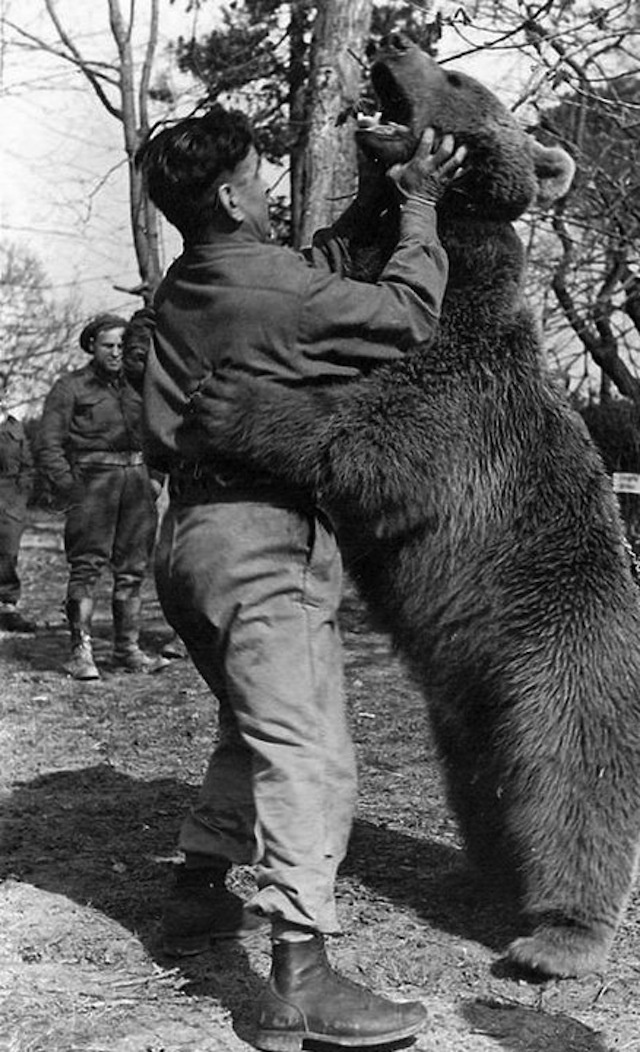 But when paired up with your iPad or iPhone, it has just enough of an added layer of storytelling and interactivity to make it worthwhile. That it works so well in both forms is really a delight.
But when paired up with your iPad or iPhone, it has just enough of an added layer of storytelling and interactivity to make it worthwhile. That it works so well in both forms is really a delight.
Parker: Your Augmented Reality Bear
Author: Andrew Hayward, Contributor
Andrew Hayward is a Chicago-based games, apps, and gadgets writer whose work has been featured in more than 70 publications. He's also a work-at-home dad to an unruly four-year-old.
Teaching Children to Care with Augmented Reality I MacTime Blog
Want to teach children to care?! Then the Seedling Parker bear will be useful for you. This toy is an interactive bear that supports augmented reality technology. Parker will become a reliable friend for your child and will help him become more caring and learn various sciences.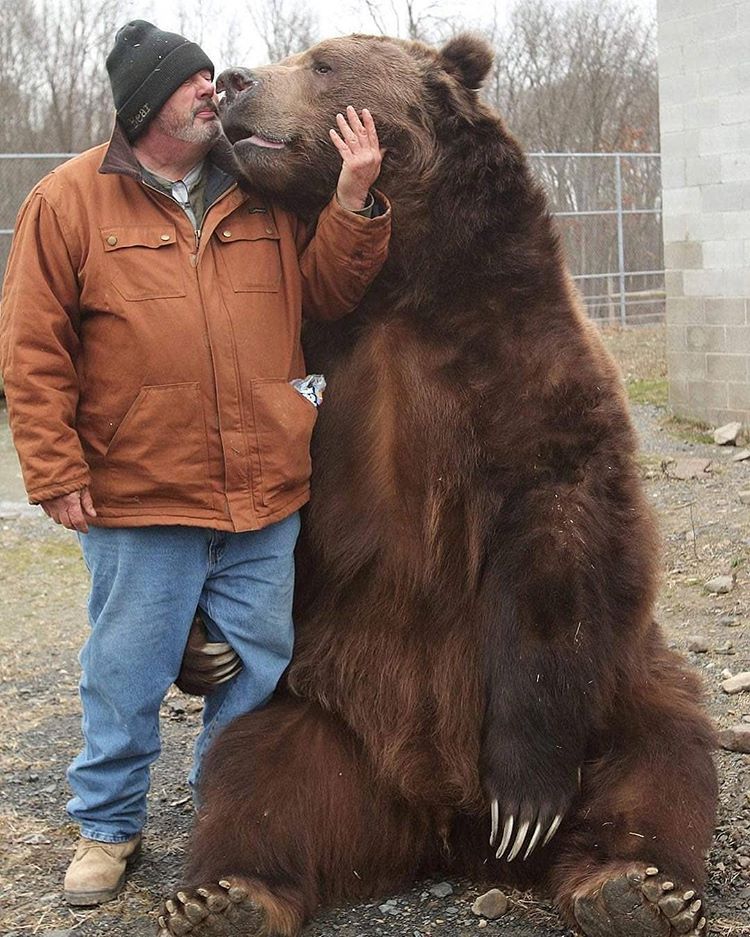 The toy simply connects to the gadget and creates a virtual reality world around you. The child will be able to "heal" the bear and take care of it, and also complete various puzzles to develop ingenuity.
The toy simply connects to the gadget and creates a virtual reality world around you. The child will be able to "heal" the bear and take care of it, and also complete various puzzles to develop ingenuity.
What does a teddy bear look like?
How does the toy work?
Connection to STEAM.
Care of the toy.
Modern "Tamagotchi" in the form of a Teddy bear.
The toy is suitable for children from 3 to 6 years old. Parker will help your child learn math, biology, art and more. The program includes games and puzzles. Also, for learning to care, the baby will need to take care of the bear. Your child will "treat" the bear, becoming a real doctor for him. Treat the stomach, measure the temperature or get rid of the fever? All these skills can be applied on a teddy bear. The toy comes with a thermometer, a toy stethoscope and even an x-ray chest.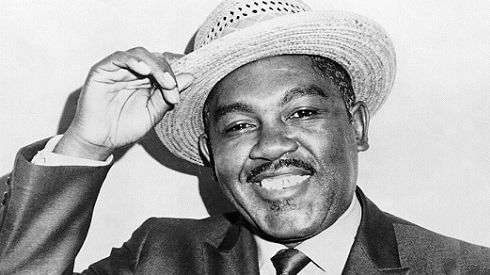 Playing with Parker your child will learn all about care and responsibility. Learn to make decisions and get acquainted with the world of virtual reality.
Playing with Parker your child will learn all about care and responsibility. Learn to make decisions and get acquainted with the world of virtual reality.
What does a bear cub look like?
Buy Parker Bear
Parker looks like a Teddy bear, it is soft and cute. The height of the toy is 30 cm. The bear has a beige color and a soft lining made of hypoallergenic material. Bear fur is soft and pleasant to the touch. The toy is absolutely safe, because inside you will not find electronic elements. No Bluetooth or Wi-Fi modules. The smartphone recognizes Parker by the pattern on his stomach and opens the world of digital reality for the baby.
Parker magic effects.
In order to find out all the possibilities of the toy, you need to take care of the bear. Helping Parker your child will make him happy. In the app, you can track the toy's happiness score. Taking care of the teddy bear when he is sick, completing tasks in games, solving puzzles - the baby increases the level of joy of the toy. Using the camera function on the smartphone, the child will be able to see the happiness of the bear, thanks to virtual reality. The Augmented Reality effect will automatically start.
Using the camera function on the smartphone, the child will be able to see the happiness of the bear, thanks to virtual reality. The Augmented Reality effect will automatically start.
How the interactive toy works.
- To start using all the functions of the bear, you need to download the Parker application to your smartphone or tablet.
- Next, run it.
- The camera will turn on and scan the pattern on the bear's belly.
- Everything is ready, Parker is connected to the system and ready to go.
After connecting the bear to a smartphone, children can show their care for the bear. Parker may get sick, so give him an interactive medicine or take an "X-ray". Using the included thermometer and stethoscope, your child will learn to listen to the heartbeat and take their temperature. Helping the bear, the baby increases the level of happiness of the toy. The better Parker's Joy Ratio, the more unique features become available in the app.
STEAM toy.
Caring for a bear opens up new possibilities for playing with it. Help the bear cub, solve problems, solve puzzles and unlock more game effects. The bear helps the child develop by playing. In the application you will find games for learning biology; development of digital thinking, thanks to augmented reality. The child will be able to act quickly in critical situations, develop in art and learn mathematics by solving puzzles and tasks.
Buy Parker Bear
Parker care.
Since the bear does not contain electronics, it can be machine washed on a delicate cycle in cold water. Or simply wipe with a damp cloth and detergent.
Parker is a smart and safe toy. The parts from which the device is made are hypoallergenic, the bear itself is soft and beautiful. It is a pleasure to play with him. Learning math, biology, art, becoming more caring and determined is easy if your child has a Parker. Give your child a useful gift.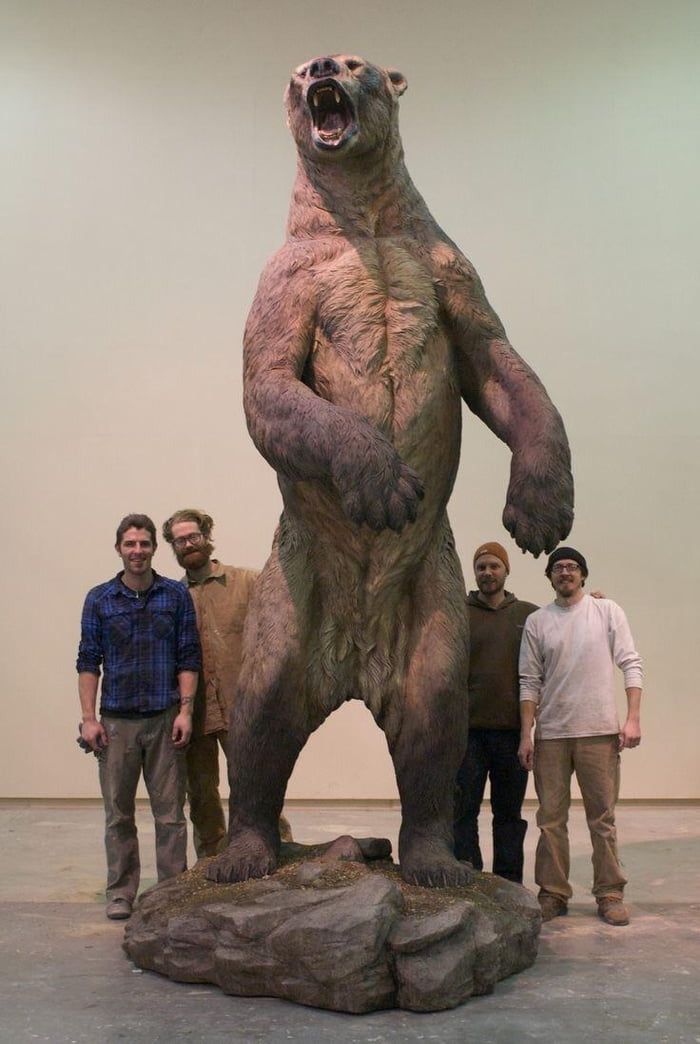 Discover the amazing world of virtual reality for him with his new friend Seedling Parker.
Discover the amazing world of virtual reality for him with his new friend Seedling Parker.
If you have any questions, or want to get more detailed consultations:
Call
+7-978-773-77-77
We are on social networks:
YouTube
Odnoklassniki
Share:
Sing Your Song Well — Master's Program in Literary Excellence — National Research University Higher School of Economics
American writer and professor Jeff Parker talks about how learning to write is life-changing, what a literary community is good for, and why writing with blood is important.
Jeff Parker and Polina Reprintseva. Photo: Anna Pravdyuk
Jeff Parker is an American writer and director of the DISQUIET international literary program in Lisbon. Author of a travelogue about life in Russia Where Bears Roam the Streets: A Russian Journal (Where bears roam the streets: a Russian magazine), an autobiographical novel Ovenman (Baker) about skateboarding, working in restaurants, a collection of short stories TheTaste of Penny (Taste of a coin) investigating personal and political contradictions, etc.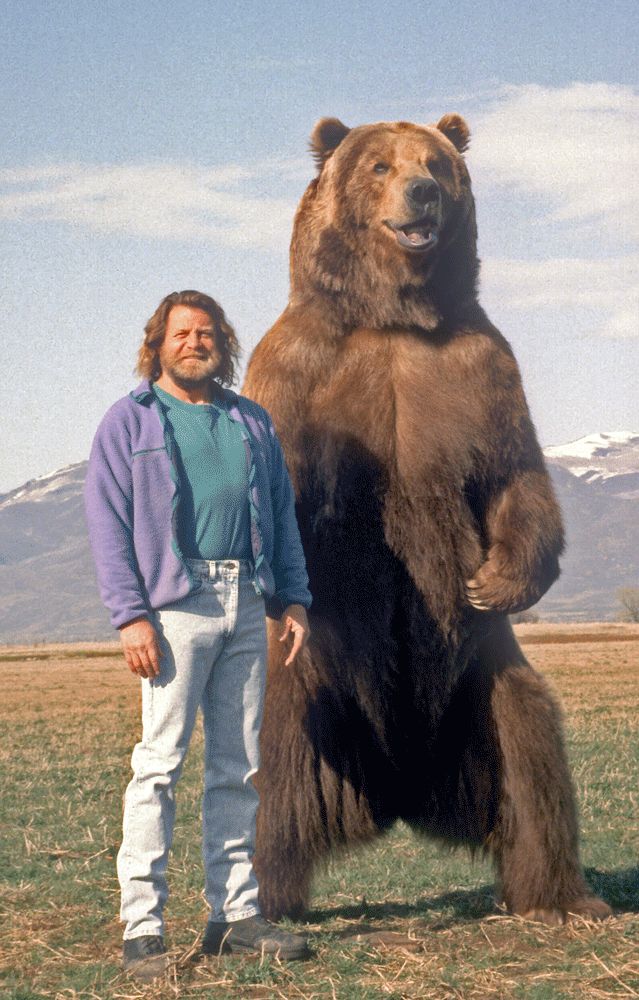
Jeff taught creative writing at several universities in the United States and Canada for about four years. He is currently a professor at the State University of Massachusetts Amherst (UMassAmherst). In July 2017, Jeff Parker became a guest lecturer at the Creative Writing School Literary Workshops picnic in Tarusa. There, a young poet and writer, a graduate of CWS Polina Reprintseva , asked him about how he once studied to be a writer himself and what he now teaches his students.
Jeff, you yourself studied writing at the prestigious Syracuse University. How did it affect you?
This education changed my life. I grew up in the South, my family was lower class. Of course, our house could not be called literary. Everything I knew about writers was taught to me at school. It wasn't until I started studying creative writing that I began to understand what it's like to be a writer in today's world. Before that, I thought a writer was a wild, unbridled person, like Bukowski or Henry Miller, or some kind of sexaholic drug addict. It turned out I was wrong. I met people who were decent and loving, kind, generous and sane. My views on literature have completely changed.
It turned out I was wrong. I met people who were decent and loving, kind, generous and sane. My views on literature have completely changed.
How did your life change in the end?
I became who I became. Writer, teacher. If there were no such master's programs in fine arts, there would be no opportunity for me, a poor guy from the southern hinterland, to meet with writers, with the world of literature. I couldn't just get on a plane and fly to Paris like previous generations of writers did. I didn’t have the money for this, and I didn’t know about such a possibility, I wasn’t a city dweller.
The master's program in creative writing allows many people to discover a new way of thinking, which is very different from how they think in a working class environment, in families in which everyone worked in a coal mine, steel mill or farm.
Tell us about the content of the master's program at the University of Massachusetts.
Our program is very simple.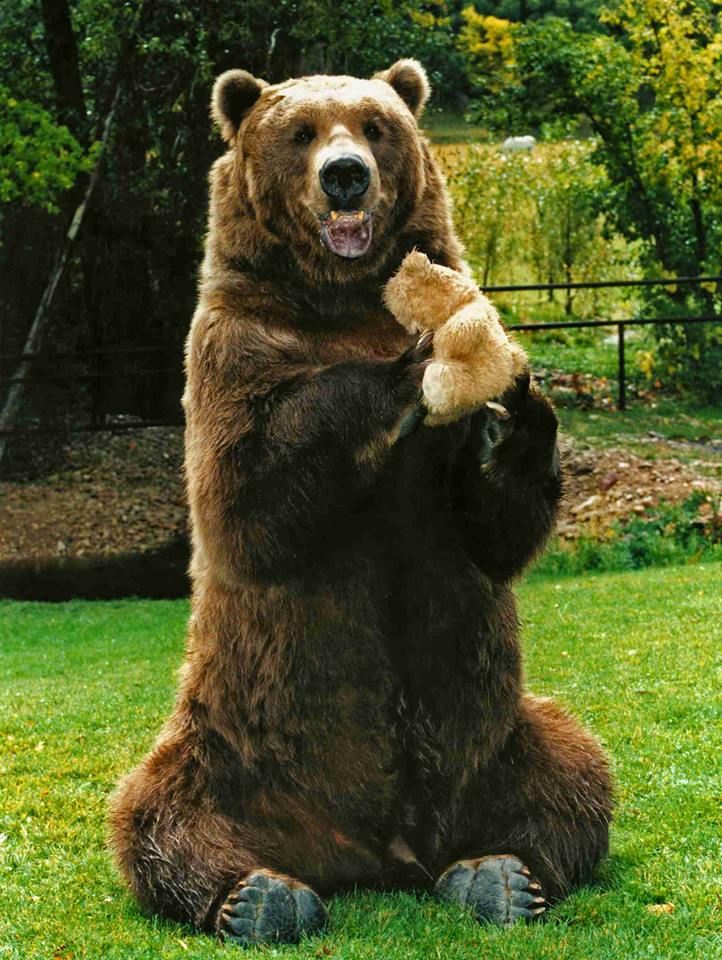 It consists of seminars and theoretical classes. That is, you write and read. In addition, there are elective courses. If you want to study mitochondrial DNA replication, take up biology, if you want to learn Italian, take a course in Italian, learn to draw, please. This is an open system. A master student studying fine arts receives his degree in a studio or workshop. Here you will not become a candidate of sciences, this is a completely different education.
It consists of seminars and theoretical classes. That is, you write and read. In addition, there are elective courses. If you want to study mitochondrial DNA replication, take up biology, if you want to learn Italian, take a course in Italian, learn to draw, please. This is an open system. A master student studying fine arts receives his degree in a studio or workshop. Here you will not become a candidate of sciences, this is a completely different education.
What do your undergraduate students do besides teaching? They work? Or completely immersed in writing?
There are two types of Master of Fine Arts programs. There are programs that offer partial or full funding, and those that don't. And I believe that people should choose those programs that are fully funded. What does this usually mean? You enter and do not pay tuition. You either teach to earn a salary (this is the responsibility of a teaching assistant), or receive a scholarship, or both. As a rule, our students receive about twenty thousand dollars a year, it is difficult to resist such prospects.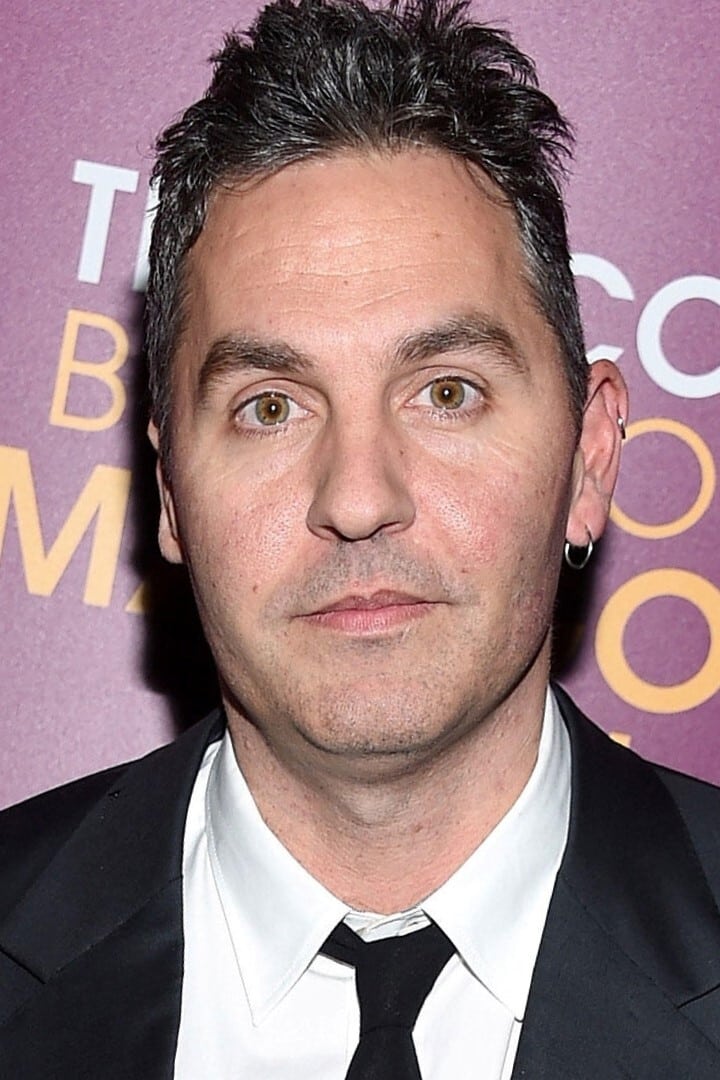 You get a degree and teaching experience, you won't get rich on it, but you can live on it. What's important. Many pay to get an education.
You get a degree and teaching experience, you won't get rich on it, but you can live on it. What's important. Many pay to get an education.
For example, me.
If you have money, you should spend it on things that are valuable to you. Why not? Wouldn't it be better to buy a car? This program will not provide you with qualifications, but it will give you invaluable experience, you will learn a lot for your inner world.
In my case it was really a great experience. The program helped me get rid of the sense of self-importance that stood in the way. You need to forget about everything, just sit and write. Then it makes sense.
A student's first priority is to write, but many applicants have other motives. They are interested in success and recognition, writing itself excites them in the second, third or fifth place. Because of this, difficulties arise. My old teacher Arthur Flowers used to tell us that all good writers were once in the trenches.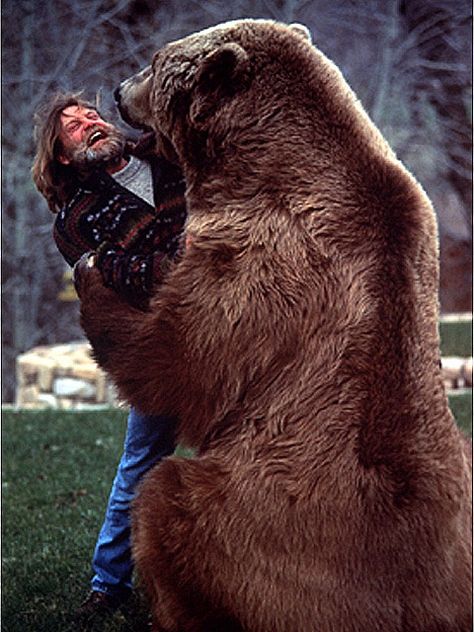 Five, seven, ten years of work with no hope of publication is the norm, not the exception.
Five, seven, ten years of work with no hope of publication is the norm, not the exception.
And if you're lucky...
If you're lucky, at some point your work will start to bring results, you will be able to get a grant and a teaching position.
Very interesting, it would be nice to write this as a preface to master's programs.
In the end, all you have is your job. I want to believe that you did it well. It's all you can hope for.
What is your method? What do you usually talk about with students at the very beginning of the course?
I was trying to find a flexible teaching method that would allow open discussion of students' creativity without resorting to subjective conclusions. It is based on the idea of "not knowing", which belongs to Donald Barthelme.
For aspiring authors, the workflow seems to be like this: an idea is born in the writer's head, he turns it into a brilliant story, which ends up on the pages.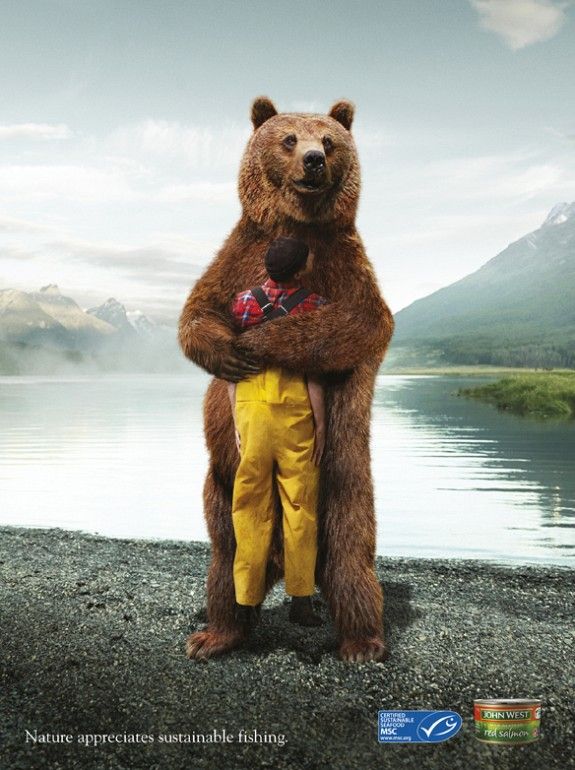 The writer himself, in their opinion, is a god-like being: he makes the reader laugh in one place, cry in another, as if by music. In fact, it happens exactly the opposite. The author begins the story with a fragment of an idea, with one character, sound, object or place. When he starts work, he does not yet know how the whole story will look like. He follows his intuition, plunges into the unknown, believes that this path will lead him somewhere. The question is, are you ready to surprise yourself.
The writer himself, in their opinion, is a god-like being: he makes the reader laugh in one place, cry in another, as if by music. In fact, it happens exactly the opposite. The author begins the story with a fragment of an idea, with one character, sound, object or place. When he starts work, he does not yet know how the whole story will look like. He follows his intuition, plunges into the unknown, believes that this path will lead him somewhere. The question is, are you ready to surprise yourself.
I have heard similar arguments from commercial writers and great contemporary artists. The work of such brilliant creators as Leo Tolstoy resonates with the idea of "ignorance". If I'm not mistaken, he copied Anna Karenina seven times. If you look at the drafts, you will see that the character changes dramatically. Tolstoy makes changes to the setting, the structure of the narrative, in a way it's just a proofreading. On the other hand, you can see that he is ready to make discoveries, to look for something new for himself in this story.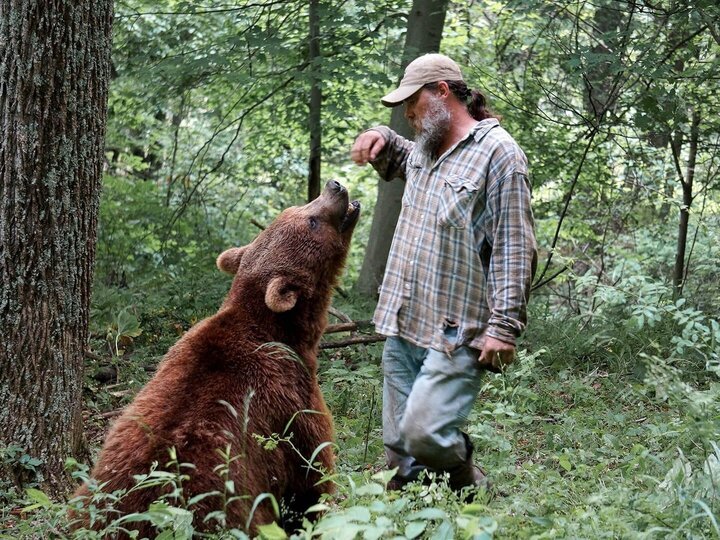
Stephen King seems to have said that he doesn't like hard rules, and the main thing for him is to start creating, to write the first sentence.
That's right, King is one of those writers who doesn't know exactly where the story will take them. But a certain feeling tells them what they are going to write about. And the writer follows this feeling, it is it that fills the story with energy.
Flannery O'Connor has a short story called "Good Country People" in which a traveling bible dealer steals her wooden prosthesis from the protagonist. The writer said that she knew what the climactic scene would be like only twelve lines before she wrote it.
Really?
Amazing, right? She seems to have planned this from the beginning. She believed that the denouement surprised the reader primarily because it surprised her. If you write with such interest, attention to the text and involvement, the reader feels it. As a result, the energy of the narrative penetrates into it through the page. Sometimes people challenge my approach, and that's totally fine. If you don't want to work this way, there are other options.
Sometimes people challenge my approach, and that's totally fine. If you don't want to work this way, there are other options.
These days, stories attack us from all sorts of sources: advertising, TV, newspapers, books, TV series. We are actually drowning in the narrative. There is a danger of repeating familiar stories on the page, and if we want something more, then we need to listen to the voice of the unconscious.
How do you feel about deadlines? As far as I remember, Nabokov said that it takes two weeks to write a story, and about a year to write a short novel. Do you have similar rules?
There are no such rules. Nabokov was a genius, and I'm not sure the world needs all the lyrics I can write. It's very important to me that writing be a game that I enjoy, not a job. If I become one of those who write for three hours every morning, then I will no longer have so much fun.
It always seemed to me that the type of writers you are talking about now are people who work within the genre.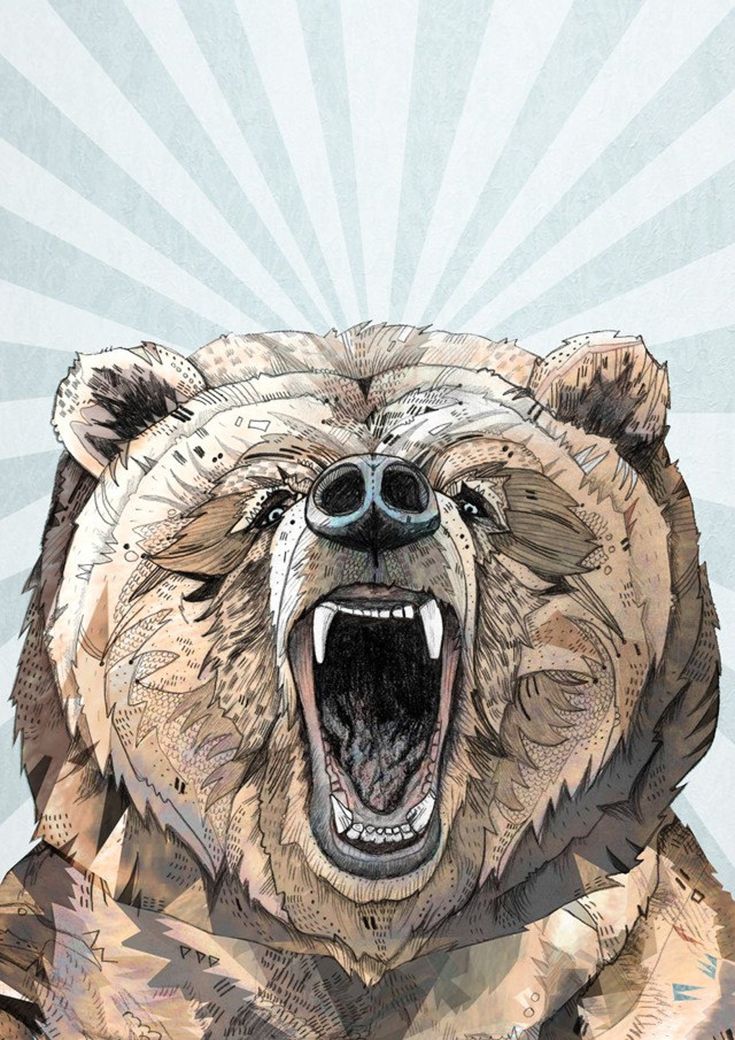 Let's say the author is working on a series of detective stories, he has a clear schedule. What do you think your students' goals are? Do any of them plan to write, for example, teen literature?
Let's say the author is working on a series of detective stories, he has a clear schedule. What do you think your students' goals are? Do any of them plan to write, for example, teen literature?
We do not teach genre literature, only fiction and non-fiction. The best thing about the master's program is the structuring of work and deadlines. When we accept students, I tell them: it's time to write a book. You have three years for this.
You can find a mentor in one of the faculties, meet friends among students who will become your first readers, fall in love. If you get teaching experience here that will help you find a job in your specialty, great. Are you going to take courses in Italian literature and learn Italian? Wonderful. Do you want to spend all this time in the room where you will write? I will help you organize your own lessons.
But all this is beside the point. You have come here to write a book, that is your main task. Even if you fail, you will still do something good for yourself. It is most important.
It is most important.
There is an opinion that writing is a solitary occupation. But community gives you a sense of connection with people like you, and that can be rewarding. Do you think a writer should interact with other writers on a regular basis?
Of course, why not? This is useful. Francine Prowse has this idea: writers need a community to help and support them. During a workshop, we learn faster when other writers' stories are critiqued than our own.
Here you need to find a balance, as a result, these communities shape the thinking of the writer.
Yes, writers complain too much, so it's better not to spend a lot of time with us. What do you think, are you involved in all these writing communities?
The result of a writer's work is always unpredictable, there are no guarantees that his work will be rewarded. This factor creates a special type of thinking that is not easy to deal with. By the way, as far as I remember, Viktor Pelevin is not very supportive of literary communities.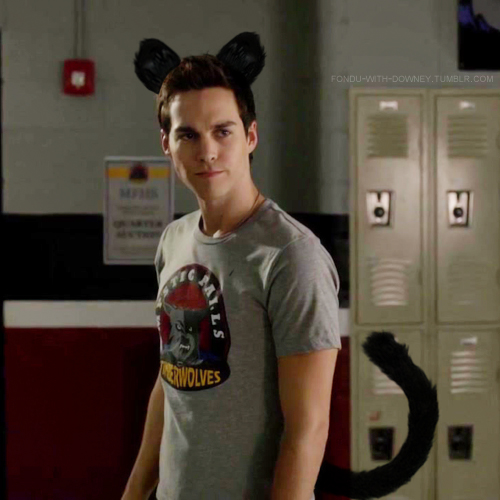
But he studied at the Literary Institute.
But he didn't finish it.
Maybe he prefers to do yoga and snort cocaine in his apartment all alone. Everyone has their own method. The most important thing is to do your job. Writers are very interesting people, I learn a lot from them. I noticed that students often gravitate towards a kind of "incest", that is, they like to meet each other very much. I always tell them: get yourself an architect, meet someone from economic school to learn more about economics. But romantic relationships go their own way.
Let's talk about teachers. Did you learn from other writers, from books, from experience? Did you have teachers who helped you find yourself as a writer?
Yes, there were two or three people that I met in Syracuse, they changed my attitude to many things, for example, Arthur Flowers, he said: "Parker, you don't need to be the best writer that ever lived.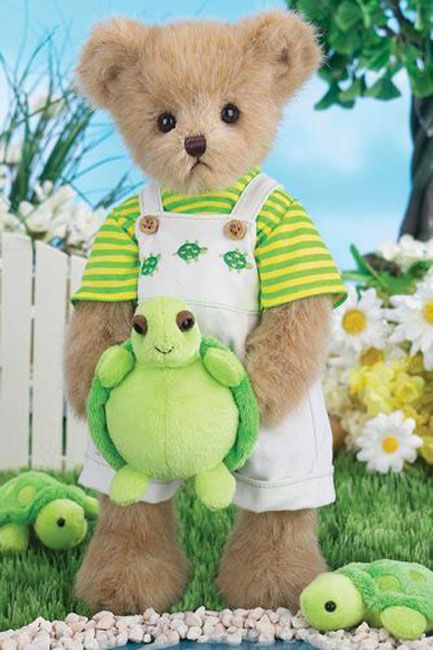 You just gotta sing your song as well as you can." In other words, you must try to do everything that depends on you, create something original, unique in your copy. And whether the world recognizes your creation or not - these are the problems of the world. You don't have to worry about it.
You just gotta sing your song as well as you can." In other words, you must try to do everything that depends on you, create something original, unique in your copy. And whether the world recognizes your creation or not - these are the problems of the world. You don't have to worry about it.
But the work is created for the audience, for that very world. If you have done something special, you should share it with people. Sometimes this requires making changes to the work so that the reader likes it more.
Of course. I am not saying that you should not work on your text. I mean "popular" and "good" are two different things. You will not argue that Britney Spears sings better than Anna Netrebko, this is absurd. Or that Dan Brown writes better than Sorokin. But Sorokin cannot even dream of the number of readers that Brown has. And he should not strive for this.
Is Denis Johnson? He was both, that is, he reached his maximum flourishing as an artist, at the same time being a cult figure.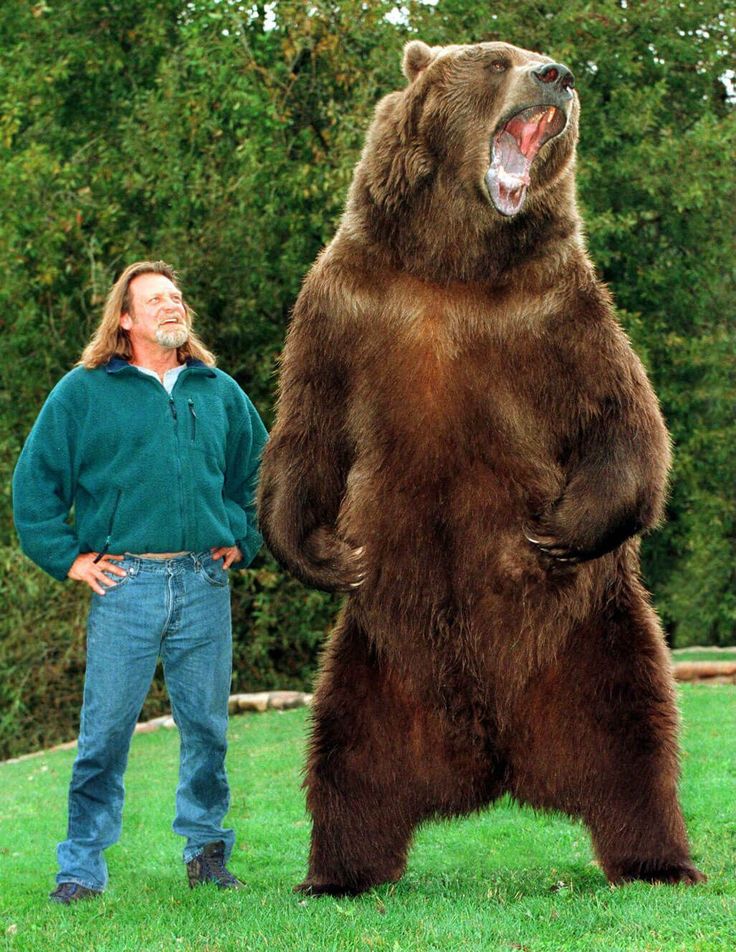
Yes, but his books don't sell as well as Stephen King's.
Of course.
He is a great writer. You know, he recently died. He said one of the best things about writing that I have ever heard. It's a whole lesson in writing in three lines: write naked, write in blood, write in exile.
Write naked as if you had nothing to hide, write in blood as if every drop of ink was as valuable as a drop of your blood, write from exile as if you were expelled from the country and you will never return home , so you have to reproduce every detail as accurately as possible. This is the best advice.
I was very fortunate to have spent some time with Denis Johnson and learned a great deal from him, even though he was not my teacher. It was so sad to hear that he passed away. He looked great a year ago at the DISQUIET writing festival. I usually don’t post my photos on Instagram, but I broke this rule and posted a photo from a year ago, where we are together with Denis: apparently, he is very uncomfortable in my arms.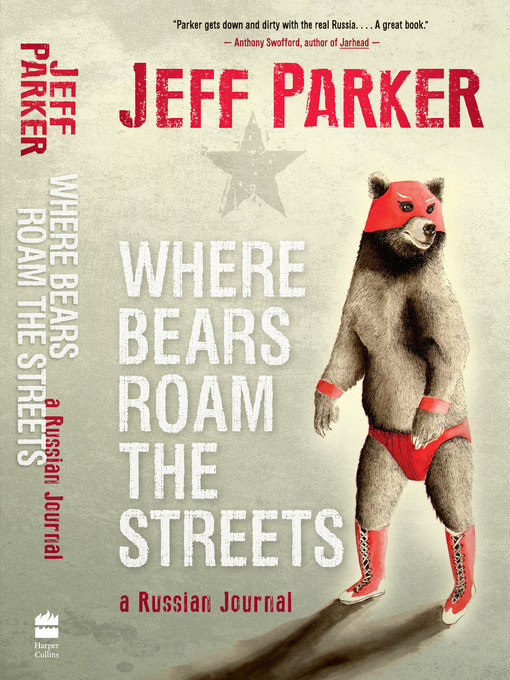 He was a great writer. And he was very wise. He wanted to write, he did not care about the external attributes of the literary world. You want all this tinsel while you are still very young. When you get older, you realize that happiness is not there.
He was a great writer. And he was very wise. He wanted to write, he did not care about the external attributes of the literary world. You want all this tinsel while you are still very young. When you get older, you realize that happiness is not there.
Is happiness important?
This is where my American perception of reality may differ from your Russian one. You know, the Declaration of Independence says that we have the right to pursue happiness. And we are striving for it.
Interesting. I have something to learn from you.
You never know exactly what will be in demand in the world of literature. Winning prizes is great. It's nice to be recognized. But that's not what matters at all. Of course, when I win a big prize, I will change my mind. We'll talk after I get a call from the Booker Committee. My point of view will change a little in this case. But until then…
You are absolutely right, it can be taken as an axiom: opinions and prizes are secondary.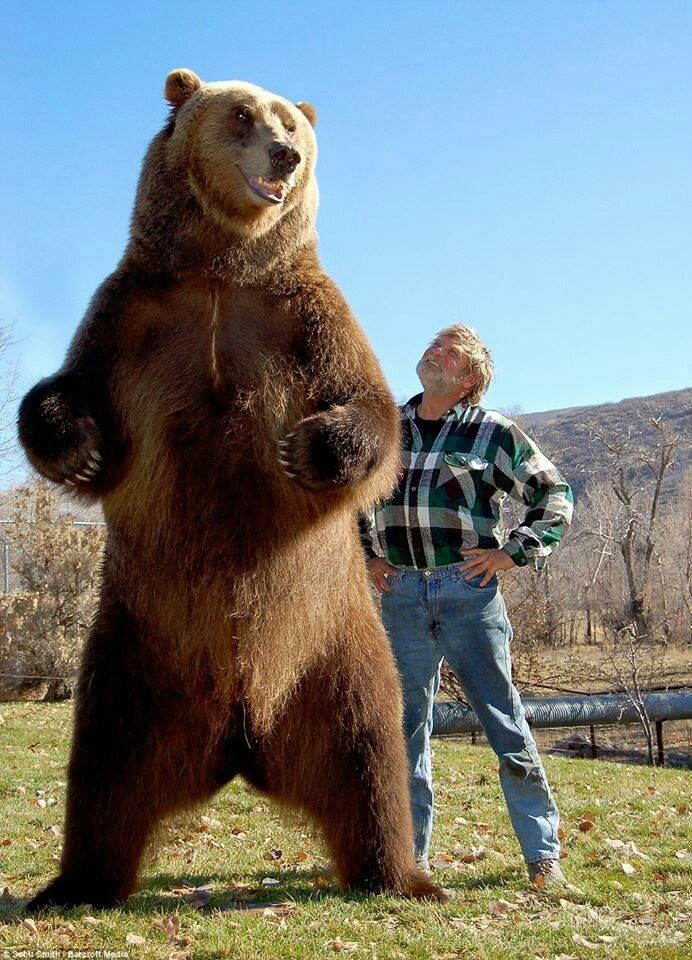 No need to try to adapt your style of writing to this.
No need to try to adapt your style of writing to this.
Yes. For example, Pelevin is an isolated case. A writer who refuses to stop. He follows his vision, it always delights. I can't imagine Pelevin writing War and Peace out of the blue to get Booker. The problem with master's programs in writing is that they force us to focus on the superficial, which to some extent reflects human nature. Of course, I say this, but I myself wonder why I did not get into the issue of Grant's magazine about new American novelists. (Granta is a periodical on politics and literature, founded by students of the University of Cambridge in 1889. Since the 70s of the twentieth century, Granta has concentrated on the best literary novelties, Kazuo Ishiguro, Salman Rushdie, Zalee Smith and others have published in the magazine. Once every ten a number dedicated to American novelists is being published).
Yes, yes.
I'm not too worried about this. Just a little.